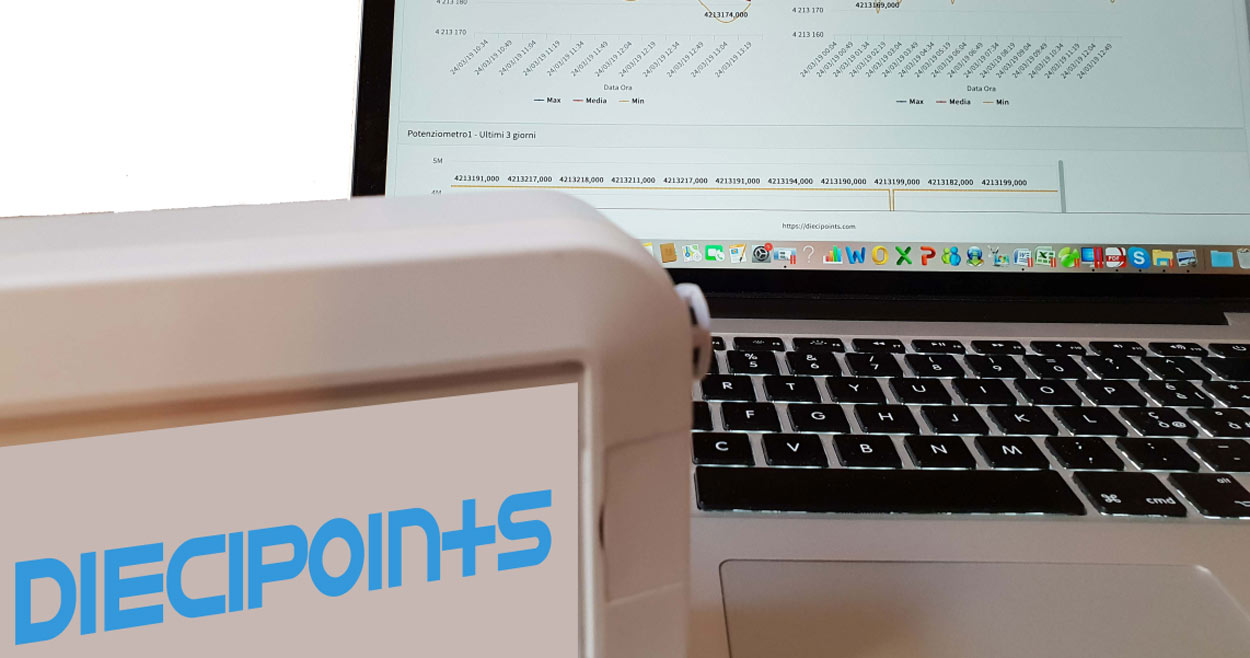IoT Sensors for Bridge Monitoring
IoT Sensors for Monitoring
In addition to the software, the sensors constitute the hardware component of an IoT project.
In a low-cost structural monitoring system that leverages the capabilities offered by IoT, significant parameters of large structures (displacements, deformations, stress states, and dynamic quantities) are detected.
The following sensors will be used: Strain transducers (strain gauges) to derive the relative stress state. Inclinometers to measure the absolute change in inclination from an initial configuration. Accelerometers for detecting the dynamic behavior of the structure over time. Strain transducers (displacement meters) for measuring deformations.
In summary, IoT sensors in the context of structural monitoring offer a combination of precision, versatility, and affordability, making them essential tools for ensuring the safety and stability of large infrastructures.
Hardware Monitoring Features
Detection of Significant Parameters
IoT sensors can detect key parameters in large structures, including displacements, deformations, stress states, and dynamic quantities.
Specific Sensors
The use of specific sensors, such as strain transducers (strain gauges), inclinometers, and accelerometers, demonstrates targeted precision.
Measurement of Stress State and Deformations
Sensors like strain transducers provide crucial information on the relative stress state and deformations of structures.
Dynamic Monitoring
Accelerometers allow for the dynamic monitoring of the structure over time.
Precise Inclination Measurements
Inclinometers enable precise measurement of absolute inclination changes from an initial configuration.



